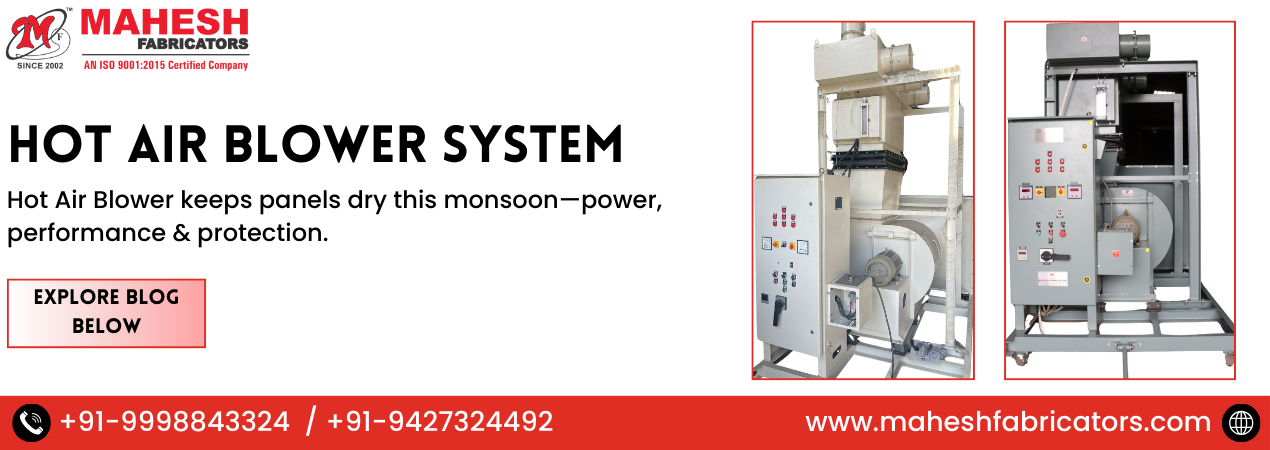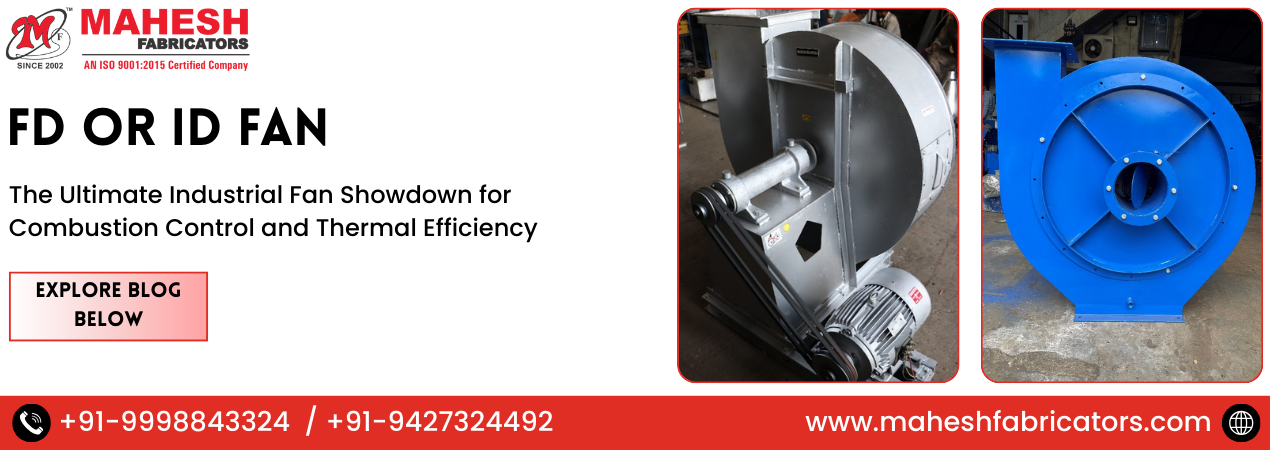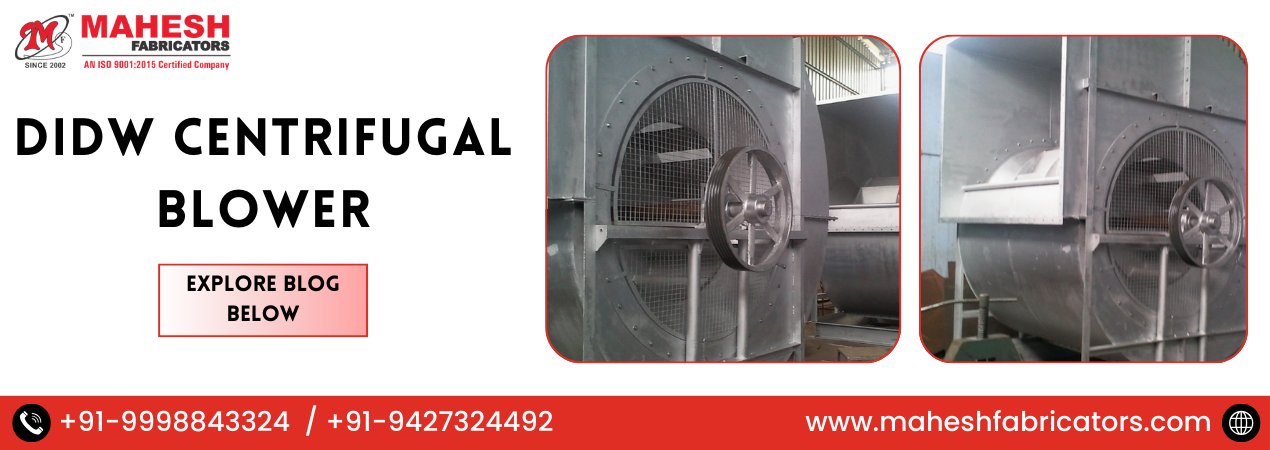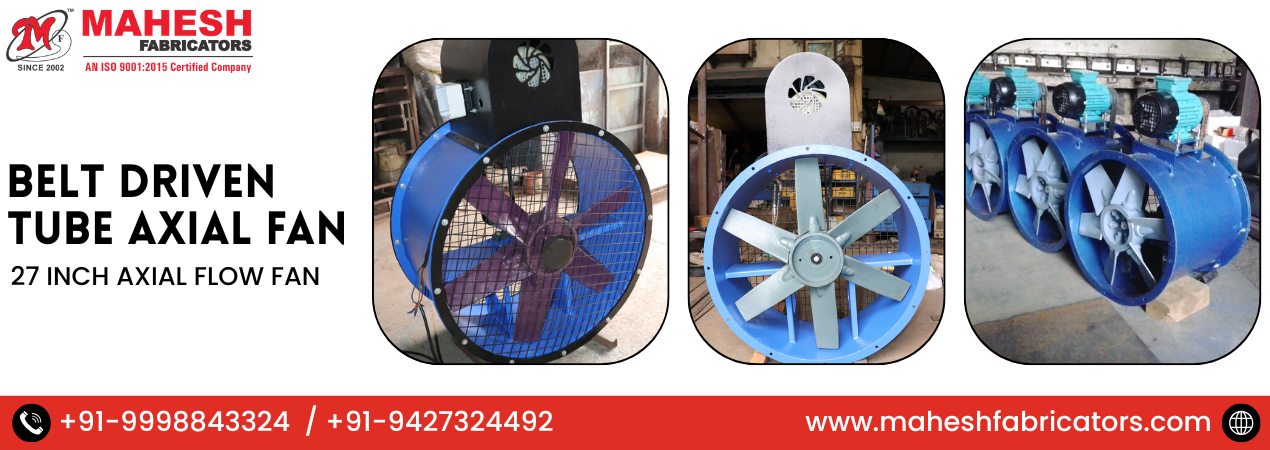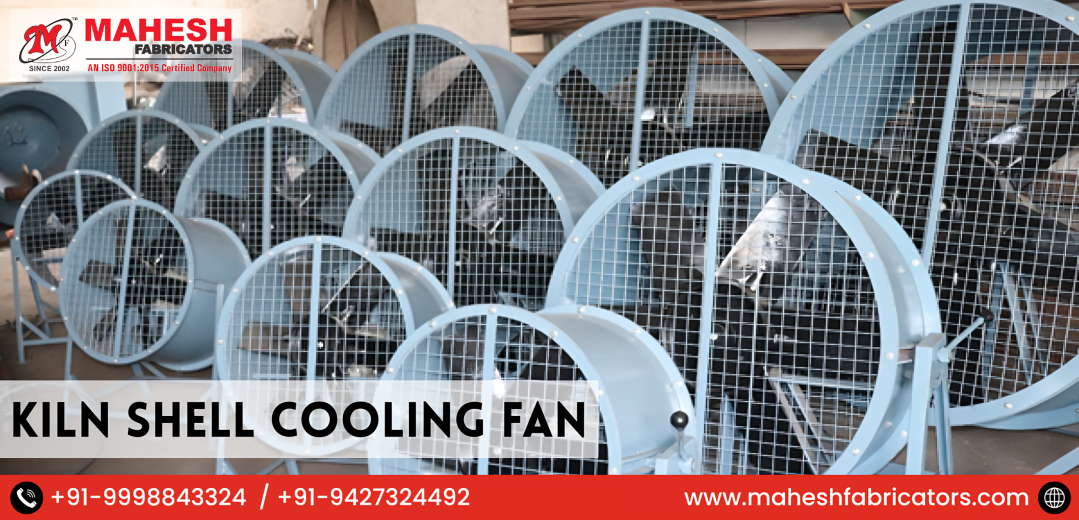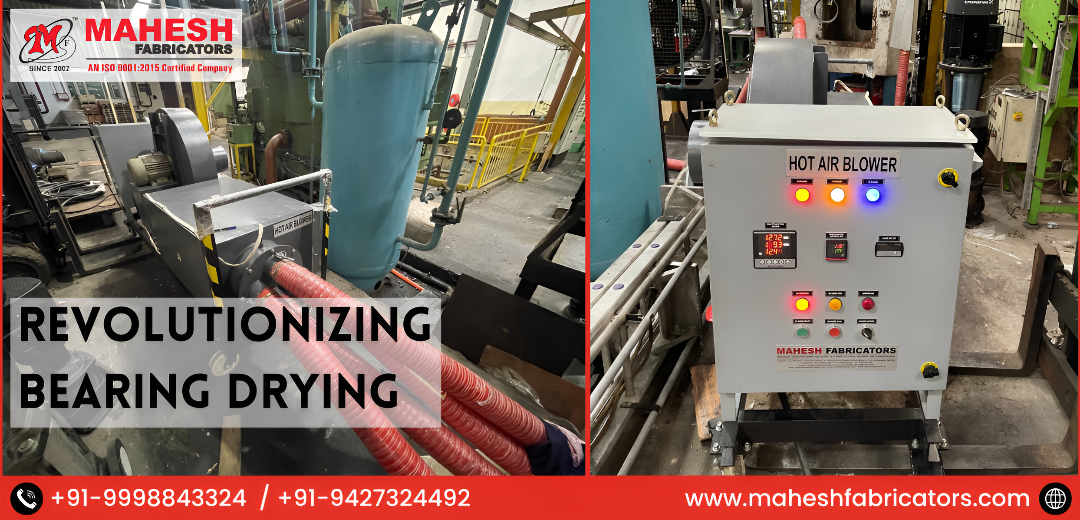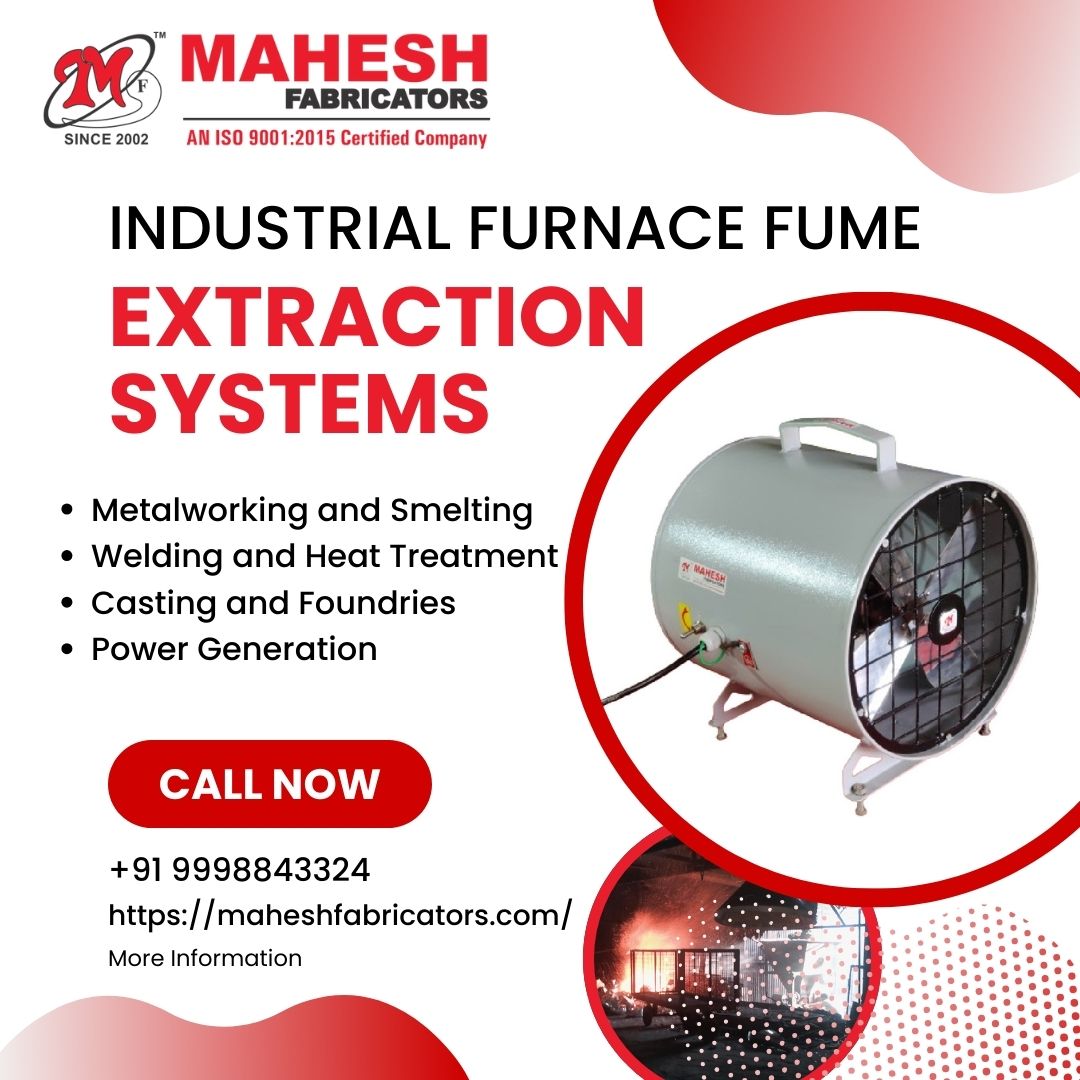
Industrial Furnace Fume Extraction Systems:
These systems are critical for improving air quality, ensuring the safety of workers, and meeting environmental regulations in industries that involve high-temperature processes, such as metalworking, manufacturing, and chemical production. Furnace fume extraction systems help in capturing hazardous fumes, gases, and particulate matter generated by industrial furnaces, preventing them from being released into the atmosphere or inhaled by workers.
Applications:
-
Metalworking Industry:
-
In foundries and steel mills, industrial furnaces produce dangerous fumes containing metal particulates, vaporized metals, and toxic gases like carbon monoxide. Extraction systems are essential to remove these contaminants.
-
-
Glass Manufacturing:
-
The melting process in glass furnaces generates gases and fumes that need to be extracted to ensure workers' safety and compliance with air quality standards.
-
-
Casting & Smelting:
-
Industries involved in casting and smelting metals generate highly toxic fumes, which extraction systems safely remove to protect the work environment.
-
-
Chemicals & Pharmaceuticals:
-
Chemical reactions and processes in high-temperature furnaces release various fumes that extraction systems can filter, preventing harmful exposure to workers.
-
-
Waste Incineration:
-
Furnace extraction systems are used in incinerators to capture pollutants, hazardous particulates, and gases produced during waste treatment.
-
Features
-
High Efficiency Filtration:
-
These systems use advanced filters like HEPA, activated carbon, or electrostatic precipitators to remove fine particulates, toxic gases, and vapors.
-
-
Adjustable Airflow:
-
Systems are designed with variable airflow capabilities to match the intensity and scale of fume production. This ensures efficiency while conserving energy.
-
-
Modular Design:
-
Many systems offer modular components that can be customized to the specific needs of the industrial process and scaled as needed.
-
-
Automated Operation:
-
Most fume extraction systems are automated, with sensors to detect fume concentration, which adjusts the operation of the system to optimize energy use.
-
-
Corrosion-Resistant Components:
-
Since industrial furnaces often produce corrosive gases, the components of these extraction systems are made of materials resistant to high temperatures and corrosive substances.
-
-
Low Maintenance:
-
Modern systems are designed for ease of maintenance, with self-cleaning filters or easy-access parts that minimize downtime.
-
-
Energy Efficiency:
-
Many systems are designed with energy-saving features, such as heat recovery or energy-efficient motors, to reduce operational costs.
-
-
Noise Reduction:
FAQs
1. Why is a furnace fume extraction system necessary?
-
It is necessary to ensure worker health and safety by preventing exposure to harmful fumes and gases. It also helps meet environmental regulations by controlling emissions from industrial processes.
2. What types of fumes do these systems capture?
-
These systems capture a variety of harmful fumes, including metal particulates, carbon monoxide, sulfur dioxide, volatile organic compounds (VOCs), nitrogen oxides, and other hazardous gases.
3. How do fume extraction systems work?
-
Fume extraction systems use a network of ducts and filters to capture and filter out harmful particles and gases before they can be released into the atmosphere. The air is pulled into the system through a fan, and filters or scrubbers remove contaminants before the air is recirculated or vented.
4. Can fume extraction systems be customized?
-
Yes, many systems are modular and customizable to meet the specific needs of the furnace or industrial process, including variable airflow, filtration type, and system configuration.
5. How often do the filters need to be replaced?
-
Filter replacement frequency depends on the type of filter and the volume of fumes. Some systems include self-cleaning filters, while others may need periodic replacement every few months or years.
6. Can a fume extraction system be installed in existing furnaces?
-
Yes, many systems can be retrofitted to existing furnaces without major modifications to the equipment. However, the scale of the system depends on the size and type of the furnace.
7. What are the environmental benefits of using fume extraction systems?
-
These systems help reduce the release of hazardous pollutants into the environment, contributing to cleaner air and compliance with local and international environmental standards.
8. How much energy do fume extraction systems consume?
-
The energy consumption depends on the system's design, size, and operation. However, modern systems are designed with energy efficiency in mind, incorporating features like energy-saving motors and heat recovery.
9. What maintenance is required for these systems?
-
Regular maintenance includes checking and cleaning filters, inspecting ducts, monitoring airflow, and ensuring that fans and motors are in proper working order.
10. Are there any regulatory standards for fume extraction systems?
-
Yes, there are various local and international regulations, including OSHA, EPA, and ISO standards, that govern the emission levels and workplace safety for industries using furnaces. Fume extraction systems help companies comply with these regulations.
Contact Us : +91 9998843324 +91 9427324492Shed No. 01, Mahadev Industrial Estate 5, Near Ramol Police Station, Ramol Road, C. T. M., Amraiwadi Ahmedabad – 380026, Gujarat, IndiaInstagram Link: https://www.instagram.com/mahesh_fabricators/Facebook Link: https://www.facebook.com/Maheshfabricatorsinfo@maheshfabricators.com
